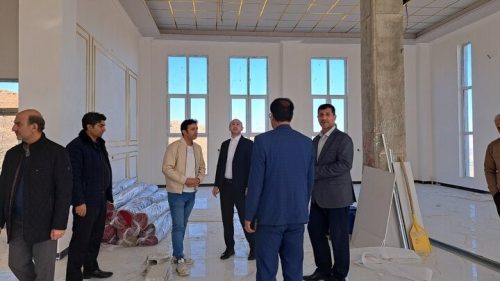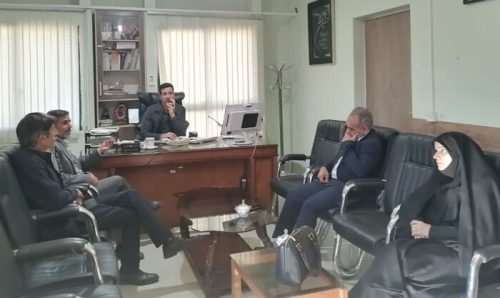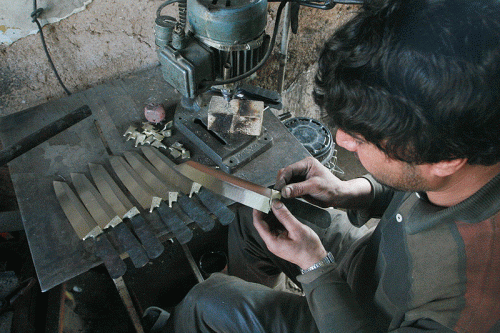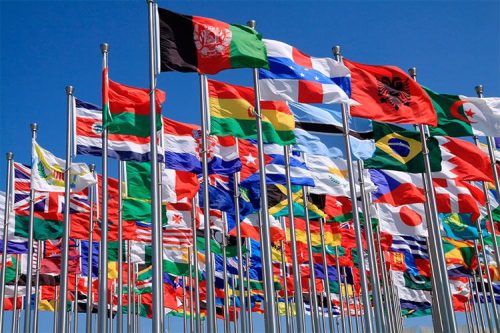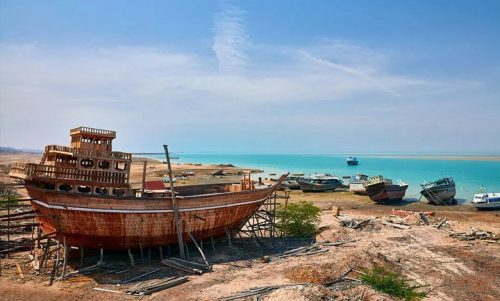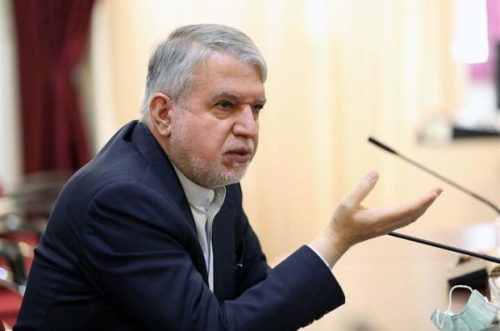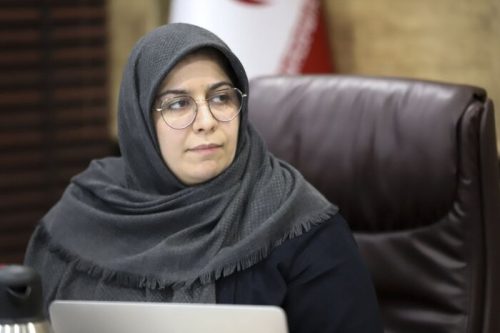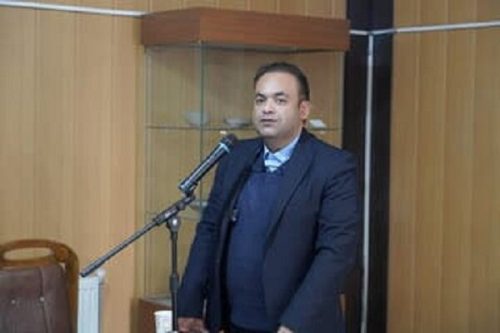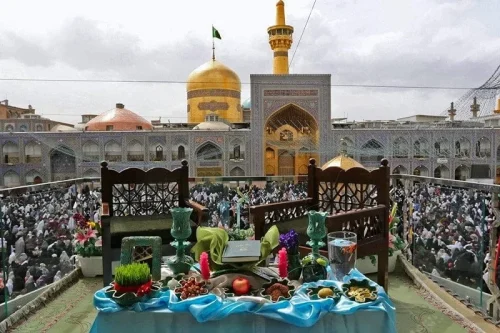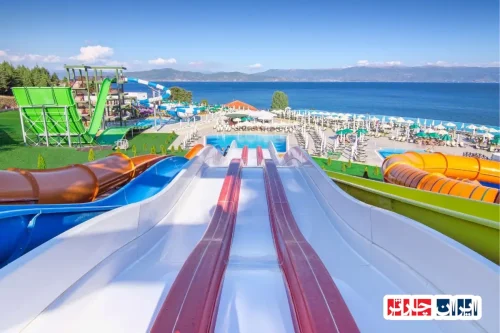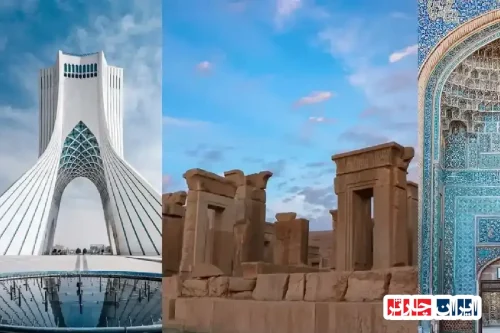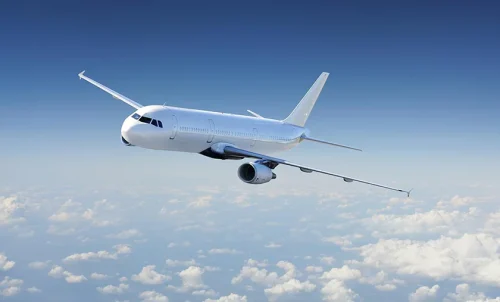Water Tourism Sparks a New Era for Iran
Dynamic Expansion of Water Tourism in Iran’s Diverse Regions
In recent years, there has been a dramatic transformation in the realm of water tourism across various regions of Iran. This dynamic expansion has been driven by increased investments, modernized legal frameworks, and the implementation of innovative operational guidelines. The strategic developments in recreational water facilities, safety measures, and technological integrations have played a significant role in aligning the sector with international trends. As a result, communities have witnessed improved social and economic outcomes, paving the way for local job creation and sustainable growth. With the focus on enhanced visitor experiences and environmental conservation, it is clear that “Water Tourism Sparks a New Era for Iran” by connecting people to its stunning aquatic landscapes while fostering regional development.
Supportive Policies and Initiatives Driving Water Tourism in Iran
Government programs and targeted initiatives have become instrumental in strengthening the water tourism sector in Iran. Coordinated policies, financial incentives, and technical support have empowered project developers and local communities to adopt best practices in water-based recreation. These measures have not only ensured responsible use of natural resources but have also paved the way for a resilient tourism economy. Strategic policy revisions and updated regulations provide a framework where sustainable practices are prioritized, ensuring that each investment contributes to long-term social and environmental benefits. In this supportive climate, “Water Tourism Sparks a New Era for Iran,” setting a strong foundation for future recreational and economic success.
Economic and Social Impacts of Water Tourism on Local Communities
The transformative impact of water tourism in Iran is evident through its multi-faceted contributions to economic and social development. New job opportunities have emerged, traditional industries have been invigorated, and local economies have experienced sustained growth thanks to the influx of domestic and international visitors. Enhanced local infrastructure and increased community engagement have contributed to a more vibrant regional culture, where residents can take pride in their natural assets. The positive ripple effects extend well beyond economic metrics, as improved social cohesion and cultural exchange help in building lasting community resilience. Clearly, “Water Tourism Sparks a New Era for Iran” by creating an environment where both tradition and innovation flourish together.
Enhancing Infrastructure and Preserving Water Resources in Tourism
Robust infrastructure development and the strategic protection of water resources are cornerstones in the evolution of water tourism. Significant strides have been made in modernizing recreational facilities, ensuring water quality, and implementing advanced safety protocols. Investment in infrastructure supports the sustainable management and protection of natural reserves, allowing tourists to enjoy pristine aquatic environments without harming delicate ecosystems. The advancement of such facilities is closely aligned with broader national efforts to promote responsible tourism practices. This conscientious approach underscores the premise that “Water Tourism Sparks a New Era for Iran,” where growth is achieved hand in hand with environmental stewardship.
The Importance of Developing Comprehensive Guidelines for Water Tourism
Establishing clear and comprehensive guidelines is essential for the long-term success of water tourism in Iran. These guidelines serve to standardize practices, protect natural resources, and ensure that tourism operations meet high environmental and safety standards. Detailed regulatory measures and operational protocols have been crafted to harmonize tourism activities with environmental conservation goals. Such frameworks not only streamline the management of water resources but also attract both domestic and international investments by ensuring predictable and sustainable outcomes. With each strategic update, stakeholders are reminded that “Water Tourism Sparks a New Era for Iran,” reinforcing the importance of well-founded regulatory practices.
Emerging Economic and Job Opportunities Within the Water Tourism Sector
The rapid evolution of water tourism presents a range of emerging opportunities that deliver significant economic benefits and new career paths. Investment in water tourism projects has enabled communities to diversify their local economies while strengthening regional competitiveness. From small-scale entrepreneurial ventures to large-scale infrastructural developments, the sector offers a broad spectrum of possibilities for job creation and professional growth. These opportunities are bolstered by concerted efforts to upgrade training programs and empower local labor markets. As these initiatives take hold, it becomes increasingly evident that “Water Tourism Sparks a New Era for Iran,” providing a fertile ground for sustainable economic progress and innovative business practices.
The Role of Water Tourism in Fostering Ecotourism and Adding Local Value
Water tourism plays a crucial role in bridging ecological preservation with regional cultural enrichment. By incorporating eco-friendly practices and promoting natural heritage, water-based recreational activities support the advancement of community-led ecotourism. This approach not only encourages the sustainable use of natural resources but also helps local artisans, indigenous communities, and cultural enterprises to thrive. Visitors gain a deeper understanding of local traditions and ecosystems, which in turn contributes to the creation of authentic, value-added tourist experiences. Ultimately, initiatives across the sector demonstrate that “Water Tourism Sparks a New Era for Iran,” fostering mutual benefits for both the environment and local cultural identities.
Challenges and Strategic Solutions for National Water Tourism Development
Despite the notable progress made in recent years, water tourism in Iran faces several challenges that require careful strategic planning and collaborative solutions. Issues such as resource management, regulatory consistency, and environmental impacts need to be addressed to ensure the sustainable development of the sector. Multi-stakeholder partnerships and cross-sector collaborations have proven essential in overcoming these challenges. By embracing innovative technologies and adaptive management practices, decision-makers can create a balanced framework that supports both tourism growth and ecological preservation. Within this evolving landscape, the belief remains strong that “Water Tourism Sparks a New Era for Iran,” as stakeholders work together to devise solutions that pave the way for long-term success.
Future Outlook and Collaborative Vision for Water Tourism Advancement
Looking forward, the future of water tourism in Iran is imbued with promise as diverse stakeholders come together to share a common vision of sustainable growth and excellence. Collaborative efforts among government bodies, private investors, and local communities are driving a unified approach to overcoming current challenges and harnessing new opportunities. Through visionary planning, the sector is set to expand its reach while preserving the natural beauty of its aquatic environments. Strategic innovation, community engagement, and environmental resilience will remain at the forefront of future initiatives. In this promising scenario, it is evident that “Water Tourism Sparks a New Era for Iran,” positioning the sector as a key contributor to national development and cultural enrichment.
Frequently Asked Questions
- What is water tourism?
- Water tourism refers to recreational and touristic activities centered around water resources such as dams, lakes, and rivers. It promotes both economic growth and environmental conservation.
- What measures have been implemented to promote water tourism?
- Various initiatives include updating regulations for associated companies, developing comprehensive guides, offering training courses, and refining operational guidelines to standardize activities near water resources.
- What is the main objective of developing water tourism?
- The primary goal of water tourism development is to preserve water resources, attract private investments, and generate sustainable economic and employment opportunities in nearby communities.
- How does water tourism contribute to the national economy?
- By attracting both domestic and foreign investment, creating new job opportunities, and increasing revenues in tourism areas, water tourism significantly boosts the national economy.
- What is Iran Charter’s role in advancing water tourism initiatives?
- Iran Charter plays a leading role by developing comprehensive guides, updating industry standards, and enhancing oversight of recreational activities, thus fostering investment and sustainable growth in water tourism.
- How do regulatory bodies ensure the proper implementation of water tourism projects?
- Regulatory commissions monitor legal changes and approve necessary reforms to ensure that water tourism projects meet established laws and quality standards.
- How can one benefit from water tourism?
- Individuals can experience diverse recreational facilities around water bodies by visiting certified tourism centers and leveraging resources available on reputable websites like irancharter.ir.
- Why is the development of water tourism important?
- Developing water tourism helps protect the environment, prevent natural resource degradation, and foster sustainable economic activities that ultimately enhance community well-being.
- What information does the water tourism guide offer?
- The guide provides details on legal regulations, investment attraction strategies, available training programs, and operational guidelines vital for successful water tourism activities.
- How does water tourism improve social welfare?
- By creating new job opportunities, boosting household incomes, and enhancing recreational services near water resources, water tourism plays a key role in improving social welfare.
- Are there any risks associated with water tourism?
- As with any recreational activity, water tourism requires adherence to safety protocols and careful supervision to minimize risks and ensure participant safety.
- What is the environmental impact of water tourism?
- When managed with strict environmental standards and effective practices, water tourism can help conserve natural habitats and prevent ecosystem degradation.
- Who can participate in water tourism projects?
- Private investors, local businesses, and individuals passionate about enhancing tourism opportunities are encouraged to participate in water tourism projects.
- How can the supervision of water tourism development be improved?
- Enhanced regulatory reforms, detailed operational guidelines, and advanced monitoring technologies can significantly improve oversight and execution of water tourism projects.
- What role do specialized training programs play in water tourism?
- Specialized training programs equip industry professionals with the skills needed to meet operational standards and enhance the quality of services in the water tourism sector.
- What is the future outlook for water tourism in the country?
- With collaborative efforts among all stakeholders and supportive policies, water tourism is expected to grow sustainably, driving long-term economic and social prosperity.
- How does technology influence water tourism experiences?
- Technological advancements facilitate improved management, enhanced visitor engagement, and streamlined operations, ultimately elevating the overall water tourism experience.

